Observational Approach Modelling In Clay (Level 1-3)
Release date:2021
Author:David Simon
Skill level:Beginner
Language:English
Exercise files:Yes
1. Figure Sculpting in Clay: Part 1 – The Armature
A sculptor of international acclaim, David Simon’s career has ranged from life-size portraits and figures to massive bronze statues. Among others, he helped oversee the giant Leonardo da Vinci Horse project. David created maquette and sculptures for films such as Where the Wild Things Are, Fantastic Four, and Watchmen, and holds private workshops abroad and in his Los Angeles studio.
In this series, David Simon shows you his entire process for sculpting a female figure in oil-based clay. In this first lesson, he begins on the blackboard with a detailed breakdown of the proportional systems used for building an armature. Then, he bends the wire to approximate the underlying structure of the model’s pose, and discusses workflows for retaining a similar line of sight on the model and his armature. Sculpting from life is a dynamic and process-heavy endeavor, by watching this series we hope that you learn about the intricacies involved and are inspired to tackle the challenge!
2. Figure Sculpting in Clay: Part 2 – Adding Volume
In the second lesson of David Simon’s figure sculpting series, he takes a few measurements from the model and starts adding clay to the armature. David considers the structure of the figure as he adds volume to the sculpture. After blocking in the major masses of the figure, he can begin to establish the gesture of the pose. In these early stages, he takes pains to limit his focus to the relationships between the parts and the whole, and to not get carried away with any particular part of the figure. Success in any sculptural project relies on constantly checking and re-establishing your proportion– only later should you hone in on the intricacies! Sculpting from life is a dynamic and process-heavy endeavor, by watching this series we hope that you learn about the intricacies involved and are inspired to tackle the challenge!
3. Figure Sculpting in Clay: Part 3 – Developing the Silhouette
In the third lesson of David Simon’s figure sculpting series, he moves forward from blocking in the pose and begins focusing on the accuracy of the silhouette of the sculpture. He checks and rechecks the volumes of each major form of the body, adding small amounts of clay to each part as needed (in particular, the hands). As always, no single part of the sculpture gets too much attention at a time — he methodically moves down and across the figure, making adjustments as needed, and refining the proportional relationships between all the parts. Sculpting from life is a dynamic and process-heavy endeavor, by watching this series we hope that you learn about the intricacies involved and are inspired to tackle the challenge!
4. Figure Sculpting in Clay: Part 4 – Fixing & Identifying Gaps
As David Simon begins his fourth lesson in his figure sculpting series, he is determined to address issues like the articulation of the hips and “rubbery” qualities of the legs. For the most part, he’s done adding and subtracting volumes of clay and no longer will be “futzing around” with that sort of minutiae. He adjusts the lighting and talks about sculptural workflows. David explains that even if you aren’t an expert in a process or topic– be it welding, casting, types of clay, etc.– you can still benefit from a basic understanding of these things when you are collaborating with an expert! For instance, you don’t need to be able to cast your sculpture in bronze yourself but it is helpful to know what to expect when working with someone who does. Sculpting from life is a dynamic and process-heavy endeavor, by watching this series we hope that you learn about the intricacies involved and are inspired to tackle the challenge!
5. Figure Sculpting in Clay: Part 5 – Resolving the Torso
David Simon resolves the forms and relationships of the shoulders, breasts and ribcage. He begins to put in some of the elements of the face, then ends by moving down to the pelvis and adjusting those large forms.
6. Figure Sculpting in Clay: Part 6 – Resolving the Lower Body
David begins by reevaluating the model as a whole. He then revisits the lower body, dealing with the knee, lower legs, upper legs, and blocking in the feet. He also spends some time blocking in the head. With the exception of the hands and some awkward transitions in the arms, David brings the sculpture to a better sense of balance in form.
7. Figure Sculpting in Clay: Part 7 – The Head & Hands
David dives head first into developing and refining the head, beginning with checking the angles and widths, then continuing down from the head to resolve and refine the relationships and transitions into the back. David then works up and down the model, pushing the forms and relationships to greater sense of balance, before refining the hands and breasts. David ends with an overview of his sculpting tools and leaves us with some final thoughts on his sculpture.



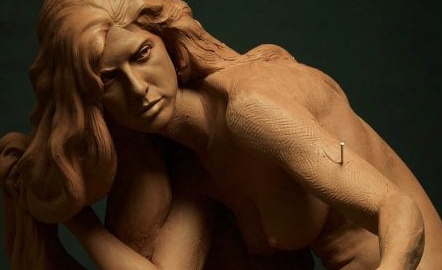

 Channel
Channel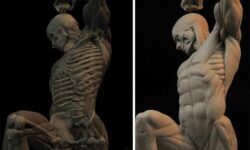
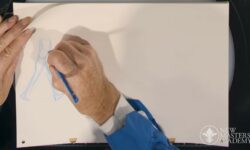
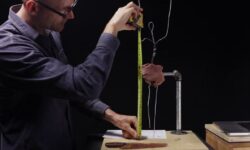
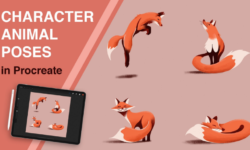
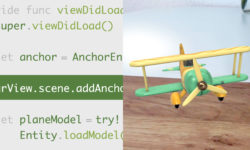
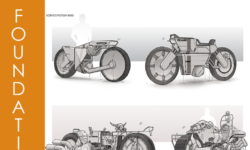

heheh been waiting for this clay sculpting thanks sir/mam youve become guides to lot of people with out realizing
thanks for the course… I have been waiting for the Clay course for a long time.
is it possible for you to upload more clay modeling courses, that would be a great help?
thanks again for the course.
thank you for this tutorial. Please if you have more Clay tutorial videos please upload them. Thanks!!!
Thank you so much for this! It would be very nice to have more of the clay sculpture tutorials!! Thanks!!
Oh lord plssssss add this https://www.learnsquared.com/courses/designing-better-characters
Hi Admins, love the courses you offer, can you please upload these courses as well, thank you
https://www.21-draw.com/course/anatomy-gesture/
https://www.21-draw.com/course/mastering-lighting-and-shading/
https://www.21-draw.com/course/environment-design/
https://www.21-draw.com/course/lighting-shading/
https://www.21-draw.com/course/social-media-for-artists/
please also add An Observational Approach to the Portrait in Clay
Yes, please add this one too if possible.
Professional Interior Design Course By Ula Burgiel
berry is it possible for this girls